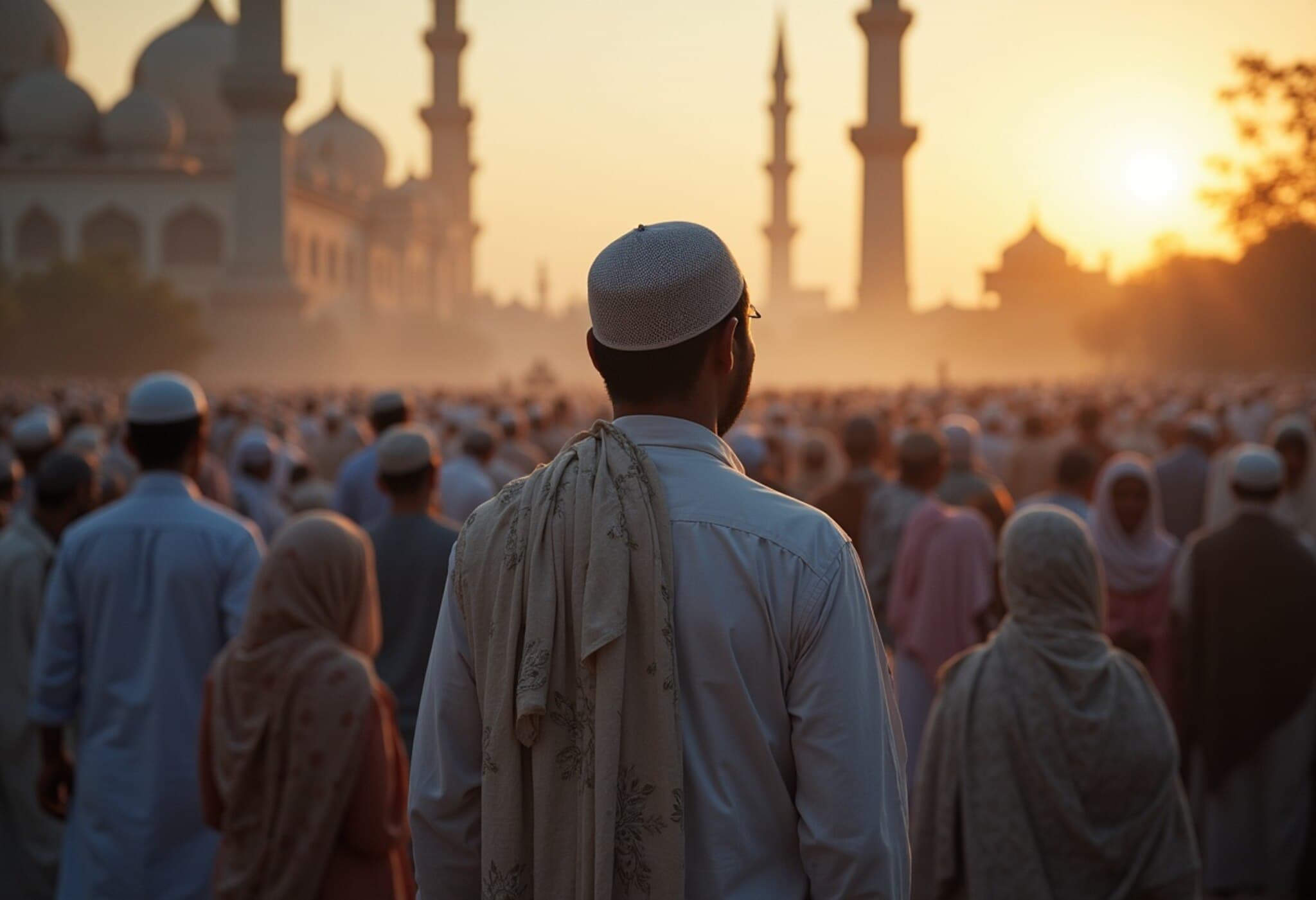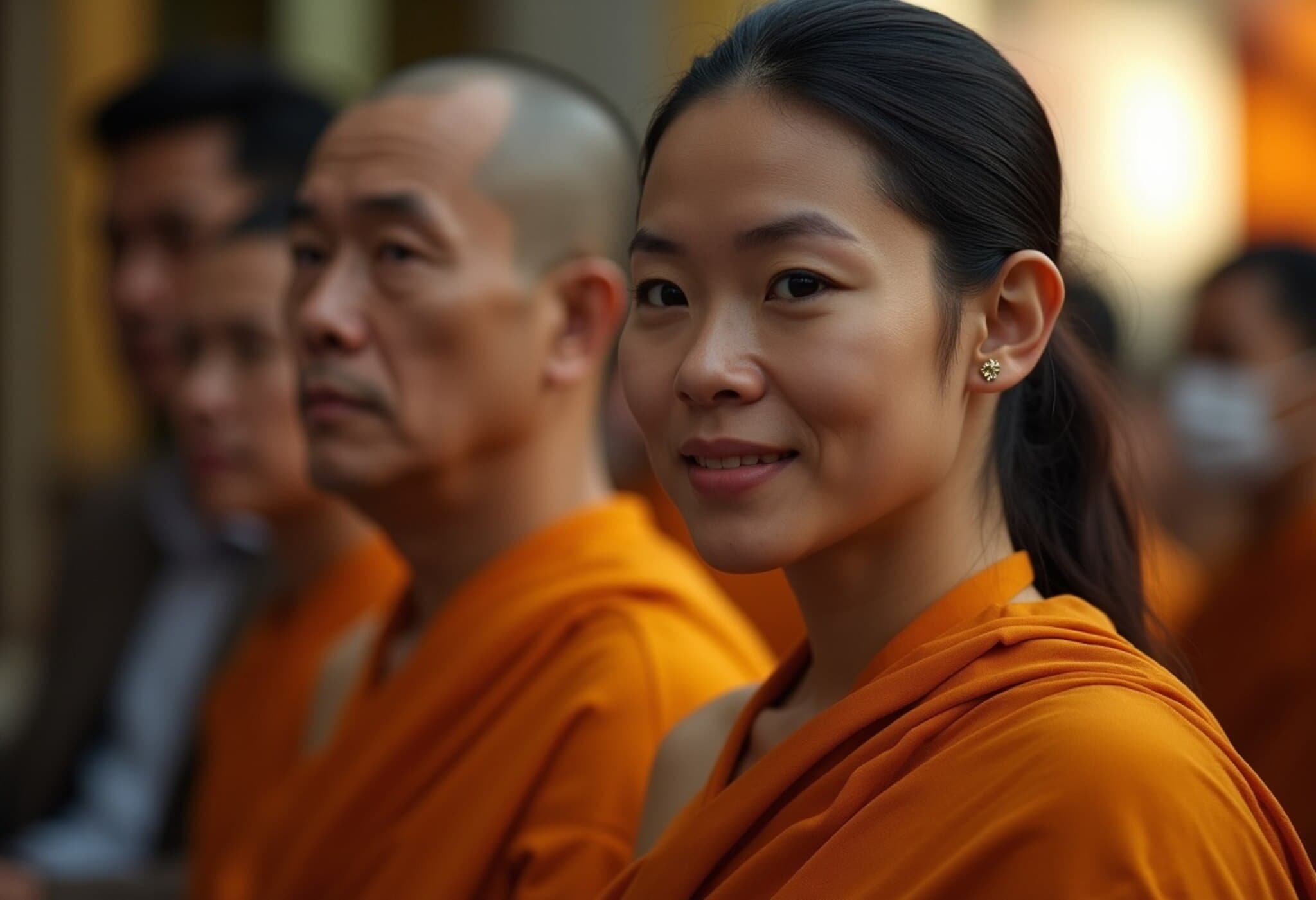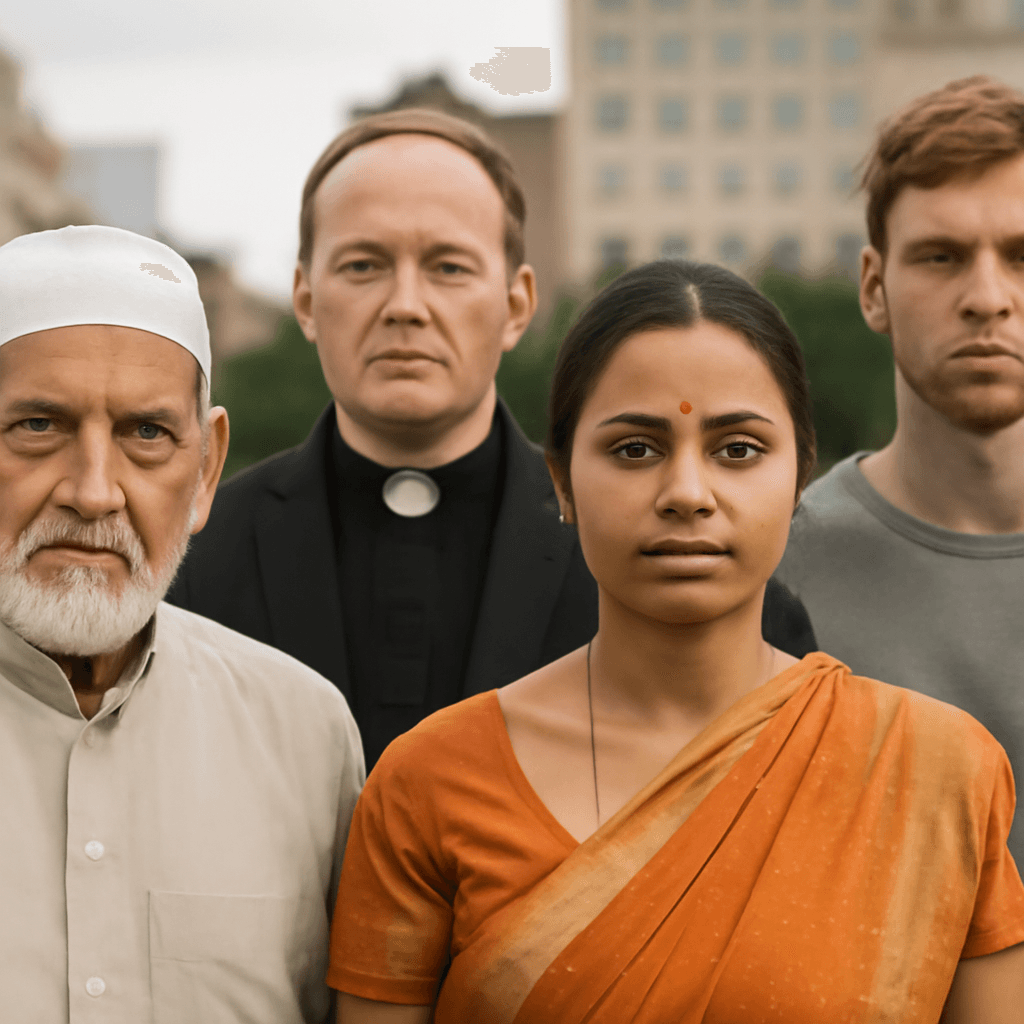Muslims Lead Global Religious Growth, Pew Research Reveals
A comprehensive analysis by the Pew Research Center has spotlighted a significant shift in the global religious landscape between 2010 and 2020: Muslims have emerged as the fastest growing religious group worldwide. Meanwhile, the world’s largest religious group by population, Christians, experienced a decline in their share of the global population.
Key Growth Figures and Trends
- Muslim population expanded by 347 million, increasing their share from 23.9% to 25.6% globally.
- Christians saw their global share drop by 1.8 percentage points from 30.6% to 28.8%, primarily due to religious disaffiliation.
- The population identifying as religiously unaffiliated, often labeled as “nones,” rose by 270 million to reach 1.9 billion, now accounting for 24.2% of the global populace.
- Hinduism maintained a steady population share of about 14.9% globally, growing in absolute numbers from just under 1.1 billion to nearly 1.2 billion.
- Buddhists were the only major religious group to experience a population decline over the decade.
The Demographic Drivers
The study attributes the Muslim population’s rapid expansion primarily to a youthful demographic—35% were under 15 years of age in 2010—and a comparatively high fertility rate. Christians also benefit from relatively high fertility, but their numbers are tempered by higher rates of religious switching and disaffiliation, predominantly in Western countries.
In contrast, Hindu populations have demonstrated stability with fertility rates aligning closely with global averages and very little switching in or out of the religion. Both Muslims and Hindus show minimal religious conversion rates, each with approximately 1% of adults leaving or joining their faith communities.
Regional and American Perspectives
India remains the heartland of Hinduism, with 95% of the world's Hindus residing in the country. Although Hinduism’s share of India’s population slightly decreased from 80% to 79%, the sheer scale of the population growth means their numbers remain robust.
In the United States, while Christianity still dominates, religious disaffiliation has risen substantially, particularly among younger generations, contributing to the growth of the “nones” category. Meanwhile, Muslim communities in America, often characterized by younger median ages and higher average family sizes, mirror some of the demographic trends identified globally.
Why This Matters: Broader Implications
The demographic shifts in religious affiliations exert growing influence on social and political landscapes worldwide. For policymakers, understanding these trends is critical for informed decision-making in areas ranging from education and immigration to international relations.
Furthermore, these changes challenge societies to engage in nuanced conversations about religious identity, minority rights, and interfaith dynamics, especially as secularization grows in some regions even as religious populations expand in others.
Looking Ahead: Future Questions and Considerations
- How will rising religious diversity affect global geopolitics and cultural diplomacy?
- What strategies should social institutions develop to accommodate growing ‘nones’ while respecting religious traditions?
- To what extent will fertility and age structures continue to shape religious demographics beyond 2020?
Editor’s Note
This insightful Pew Research Center analysis shines a light on the ever-evolving religious demographics shaping our world. The robust growth of the Muslim population, steady numbers of Hindus, and burgeoning ranks of religiously unaffiliated individuals illustrate a complex, multifaceted global religious mosaic.
As religious landscapes shift, it’s crucial for readers and policymakers alike to consider not only numbers but also the social and cultural narratives behind them. Understanding why people stay within or leave faith communities, and how these trends influence societal cohesion, remains an underexplored yet vital dimension of global affairs.
In the American context, these developments highlight the ongoing transformation of religious identities, reflecting broader trends in immigration, generational change, and cultural integration.
Ultimately, this data invites us to rethink assumptions about faith in the 21st century, emphasizing the interplay between demography, belief, and human experience.













